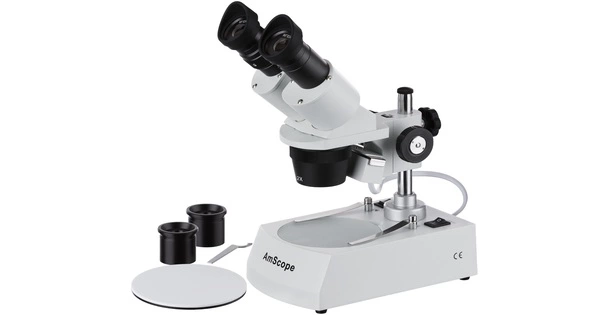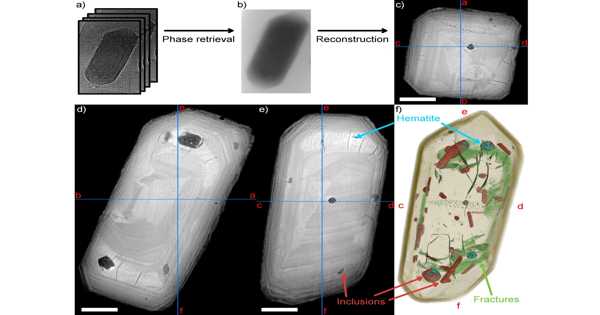An optical microscope, also known as a light microscope, is a commonly used tool in the field of microscopy for observing and studying small objects that are not visible to the naked eye. It is a type of microscope that commonly uses visible light and a lens system to magnify images of small objects. It magnifies a sample’s image using visible light and lenses, allowing for detailed examination of its structure.
Optical microscopes are the oldest type of microscope and were possibly invented in their current compound form in the 17th century. Although many complex designs aim to improve resolution and sample contrast, basic optical microscopes can be quite simple.
The object is placed on a stage and can be viewed directly through one or two microscope eyepieces. Both eyepieces in a high-power microscope typically show the same image, but in a stereo microscope, slightly different images are used to create a 3-D effect. Typically, a camera is used to capture the image (micrograph).
Here are the key components and features of an optical microscope:
- Objective Lens: The objective lens is the microscope’s primary magnifying lens and is located closest to the specimen. It collects light from the specimen and enlarges it. The magnification powers of objectives vary, typically ranging from 4x to 100x.
- Eyepiece (Ocular): The eyepiece is the closest lens to your eye and magnifies the image produced by the objective lens. The most common eyepiece magnifications are 10x and 15x.
- Stage: The stage is a platform where the specimen can be observed. It frequently includes clips or other mechanisms to keep the specimen slide in place.
- Illumination: Illumination is crucial for viewing the specimen. In most microscopes, light passes through the specimen from below (transmitted light), but in some cases, light can be directed onto the specimen from above (reflected light). The light source may be a bulb or a combination of lenses and mirrors to focus and direct the light properly.
- Condenser: The condenser, which is located beneath the stage, is in charge of focusing and directing light onto the specimen. It could have an adjustable aperture to control how much light gets to the specimen.
Brightfield, phase-contrast, darkfield, and fluorescence microscopes are all types of optical microscopes, each designed for a specific application. Technological advancements have also resulted in the development of more sophisticated microscopes, such as confocal microscopes and electron microscopes, which offer even greater magnification and resolution.
















